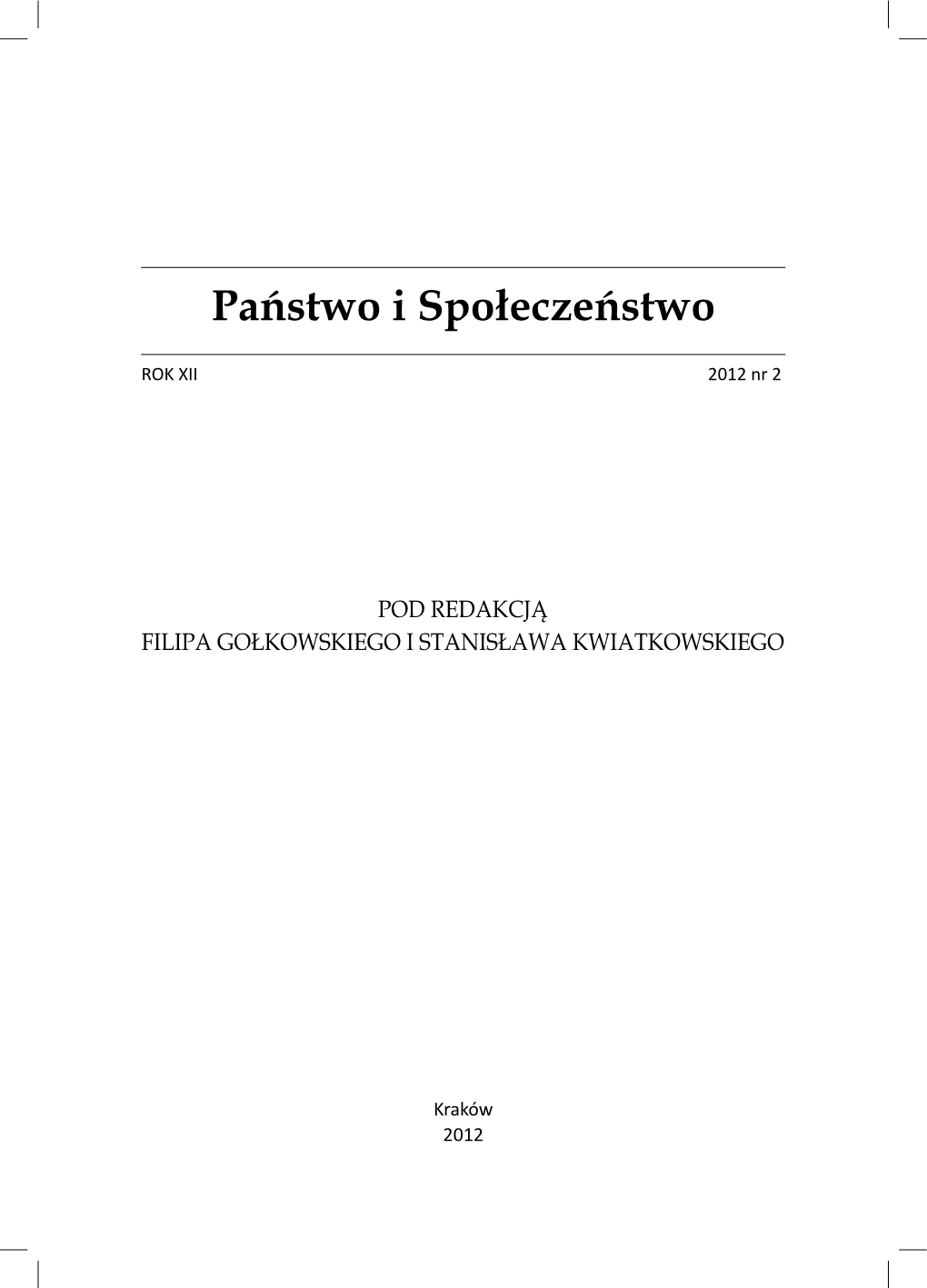Keloidy – łagodne nowotwory tkanki łącznej powstające w wyniku zaburzeń gojenia
Keloids – benign tumors of connective tissue formed as a disorders of wound healing process
Author(s): Magdalena Jurzak, Anna Goździalska, Grażyna DębskaSubject(s): Methodology and research technology, Health and medicine and law
Published by: Oficyna Wydawnicza AFM Uniwersytetu Andrzeja Frycza Modrzewskiego w Krakowie
Keywords: dermal fibroproliferative tumors; cytokines; growth factors; wound healing; excessive matrix synthesis; matrix degradation;
Summary/Abstract: Keloids are benign dermal fibroproliferative tumors with no malignant potential. Clinically, keloids are defined as scars that invade adjacent healthy tissue and rarely regress over time. These abnormal scars result from the loss of the control mechanisms that normally regulate the fine balance of tissue repair and regeneration. They usually occur during the healing of a deep skin wound. Keloids formation can occur within a year after injury, and keloids enlarge well beyond the original scar margin. The most frequently involved sites of keloids are areas of the body that are constantly subjected to high skin tension. Two factors are generally regarded as key factors for keloid formation: genetic predisposition and skin lesion. Growth factors and cytokines are intimately involved in the cycle of wound healing after skin lesion. Precise mechanism of keloids formation during delayed wound healing process has not been yet established. It may result from abnormal cytokine release, epithelial disruption, excessive matrix deposition, or abnormal remodeling of excessive matrix. Abnormal cytokines have been reported in formation keloids including TGF β, IL-6, CTGF. The formation of the extracellular matrix is carried out by the synthesis of collagen, fibronectin and proteoglycans. A deficient synthesis of products that promote matrix degradation or an excessive matrix synthesis, or both, explain the lack of scar regression in keloids. Collagen degradation is mediated by matrix metalloproteinases (MMPs) and their specific tissue inhibitors TIMPs. Available methods of treatment include surgical treatment, pharmacological treatment and physical treatment. The last of them includes: cryotherapy, laser therapy, pressure therapy and radiotherapy. Any of these could be used alone, but better effects are achieved in combination different form of treatment.
Journal: Państwo i Społeczeństwo
- Issue Year: XII/2012
- Issue No: 2
- Page Range: 7-19
- Page Count: 13
- Language: Polish

